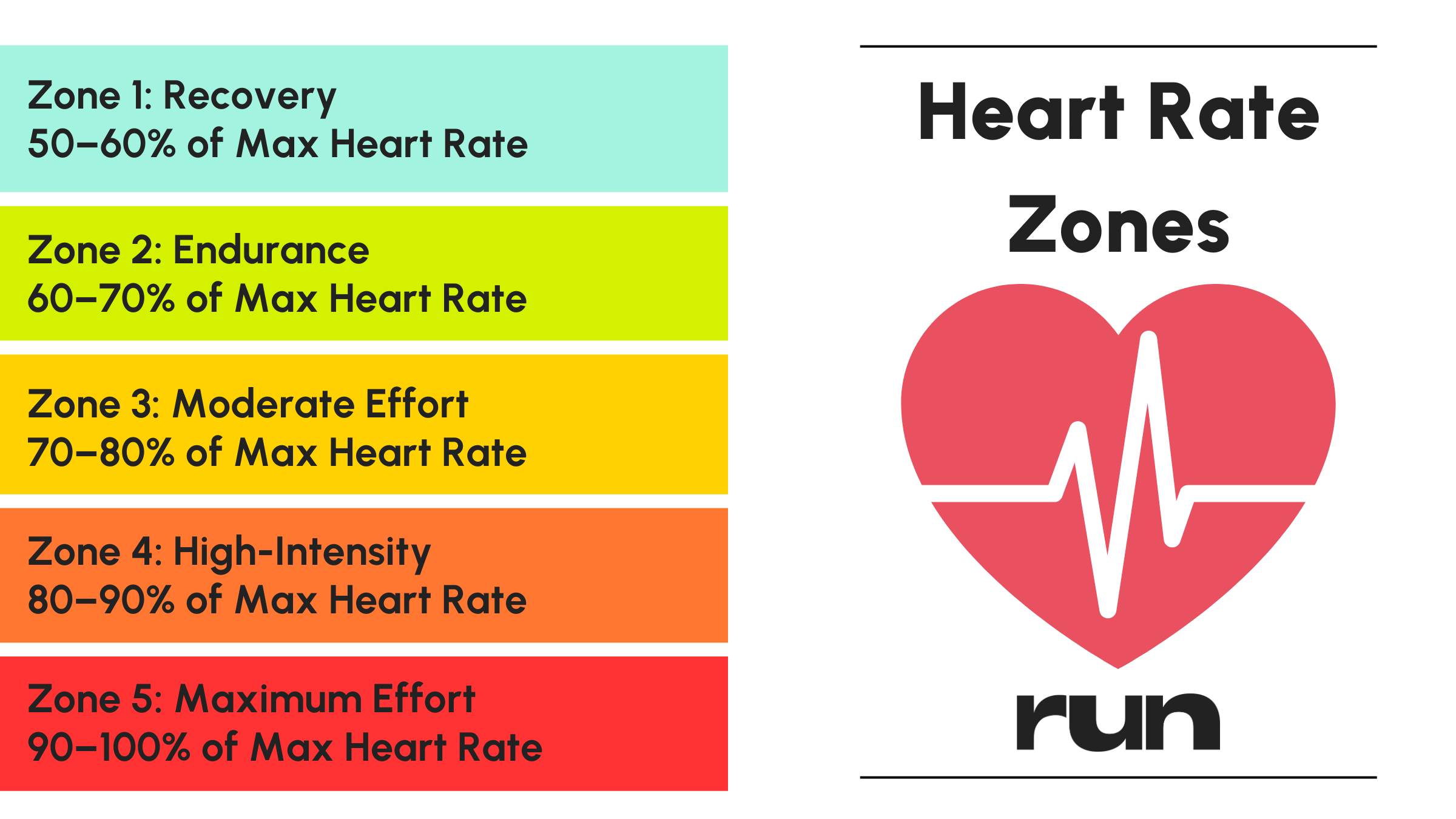Your optimal running heart rate can differ based on your age and level of fitness. Environmental conditions such as heat, humidity, and stress can also influence your pulse.
Your heart rate, often called your pulse, is expressed in beats per minute (bpm).
When you do aerobic activities like running, your heart rate rises. As your speed and exertion increase, so does your pulse. Blood flow increases to your muscles so they receive the oxygen and nutrients required to sustain activity.
Your exercise heart rate is a reliable indicator of how intensely you’re working.
Continue reading to find out how to calculate your target heart rate for running.
Factors that influence your heart rate while running
Average running heart rates differ from person to person because of multiple influences, including:
- Age: As you age, the target heart rate for exercise tends to decline.
- Fitness level: Someone who is physically active often has a lower resting heart rate than a sedentary person because their heart is stronger and more efficient.
- Air temperature: In hot, humid conditions, your heart may beat 5 to 10 additional times per minute to circulate more blood.
- Medication use: Certain drugs like beta blockers can reduce heart rate, whereas high doses of thyroid medication can elevate it.
- Emotions: Feelings such as stress, excitement, or anger can speed up or slow down your heart rate.
How to figure out your ideal running heart rate
To find your ideal running heart rate, start by estimating your maximum heart rate. A common method is to subtract your age from 220.
For instance, a 30-year-old would have an estimated maximum heart rate of 190 bpm.
Keep in mind this is only a rough estimate. Your true maximum heart rate may differ due to various factors, including health conditions.
Next, determine the intensity you want to train at. For moderate-intensity activities like brisk walking, target 50–75% of your maximum heart rate. For vigorous exercise such as running, aim for 70–85% of your maximum heart rate.

Average target heart rates for running
The table below shows approximate target heart rate ranges in bpm for moderate and vigorous activity based on age and estimated maximum heart rate.
Consult a healthcare provider if you have a heart condition. They can help set safe, personalized target heart rates.
Age in yearsMaximum heart rate (bpm)Target heart rate (bpm) 50–75%Target heart rate (bpm) 70–85%20200100–150140–1703019095–142133–1613518593–139129–1574018090–135126–1534517588–131122–1495017085–127119–1446016080–120112–1367015075–112105–127
Keeping an eye on your heart rate while running can help you meet your objectives. If your heart rate is below the desired intensity, you’ll need to increase effort. If it’s too high, reduce your speed.
A heart rate monitor is useful for tracking your pulse during workouts.
Note that your heart rate may be about 15 to 20 bpm above or below the values shown.
When your heart rate is too high
Spending prolonged periods above your maximum heart rate may carry health risks, especially if you have cardiovascular issues.
A study of recreational hockey players found that those who regularly exceeded their target and maximum heart rates had poorer recovery after exercise and a higher chance of cardiac events such as arrhythmias and chest pain.
Signs that your heart rate may be excessively high include:
- dizziness
- chest tightness
- difficulty speaking
- shortness of breath
- nausea
- feeling unwell
If your heart rate is too elevated or you experience these symptoms while running, slow to a more manageable pace.
A 2020 study recommends keeping no more than a small portion of your total weekly training time above 90% of your maximum heart rate to help prevent overtraining and get the most benefit from exercise.
What is heart rate training?
Heart rate zone training uses bpm as a guide for how fast you should run rather than relying solely on pace per mile.
This method divides effort into five zones based on your maximum heart rate. According to the American College of Sports Medicine, the zones are:
- (1) Very light: Under 57% of maximum heart rate.
- (2) Light: 57–63% of maximum heart rate.
- (3) Moderate: 64–76% of maximum heart rate.
- (4) Vigorous: 77–95% of maximum heart rate.
- (5) Maximal: 96–100% of maximum heart rate.
You may spend different amounts of time in each zone depending on your aims.
For example, marathoners who need sustained pacing may emphasize zones 1–3.
If you’re training for a shorter race like a 5K, you might focus more on zones 3–4.
Elite competitors and sprinters often concentrate on zones 4 and 5.
Use a heart rate monitor to gauge your training. If you’re consistently operating in zone 4 or above, consider reducing intensity and building up gradually.
A certified trainer or running coach can help you create a training plan tailored to your goals.
Frequently asked questions
What is a normal heart rate for a runner?
Your suitable target heart rate for running depends on factors such as age, fitness, and health conditions. Generally, brisk walking or light jogging corresponds to 50–75% of maximum heart rate, while running is typically 70–85%.
Is a heart rate of 170 bad while running?
A heart rate of 170 bpm is near the upper limit for someone aged about 20. For older individuals, 170 bpm may indicate overexertion. Consult a healthcare professional to determine appropriate heart rate ranges for you.
Is 175 heart rate bad when running?
A heart rate of 175 bpm is relatively high for most ages. It’s advisable to reduce your running intensity until your pulse returns to your target range.
Is a heart rate of 180 high when running?
A heart rate of 180 bpm while running is considered elevated. Slow your pace until your heart rate falls into a safer target zone.
Takeaway
Training by heart rate can be an effective way to assess how hard your body is working during runs. Avoid pushing yourself to total exhaustion during workouts.
Maintaining your heart rate in a comfortable zone can be challenging. Work with a running coach or fitness professional to design workouts that suit your level.
Always consult your doctor before starting a new running or fitness program.


















Leave a Reply
You must be logged in to post a comment.